DIY Artifical Pond Spring
CountAnjou
9 years ago
Related Stories

SALVAGEDIY: Secrets of Successful Upcycling
Learn how to find and customize salvaged pieces and materials to create one-of-a-kind furniture and accessories you love
Full Story
LANDSCAPE DESIGNKoi Find Friendly Shores in Any Garden Style
A pond full of colorful koi can be a delightful addition to just about any landscape or garden
Full Story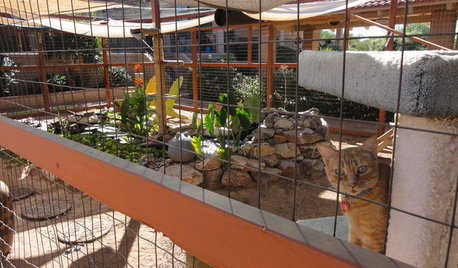
PETSSee a Deluxe 'Catio' Built for Feline Fun
Sixteen lucky cats get the run of a protected outdoor patio with ramps, steps and even a koi pond
Full Story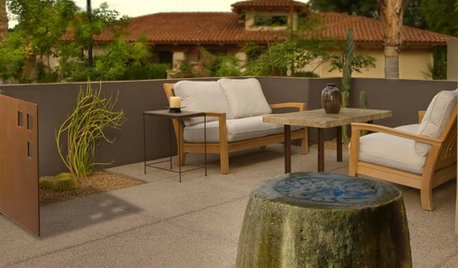
GREAT HOME PROJECTSMake Your Own Tranquil Garden Fountain
With this DIY water feature in your yard, serenity is just a few steps away
Full Story
GREEN BUILDINGWater Sense for Big Savings
Keep dollars in your pocket and preserve a precious resource with these easy DIY strategies
Full Story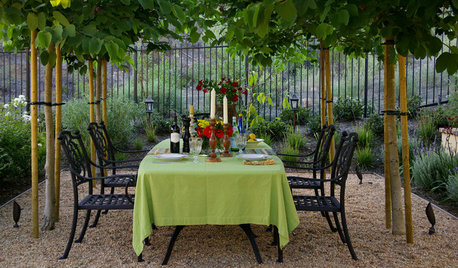
LANDSCAPE DESIGNEnjoy the Romance of Dining in a Classic Gravel Garden
Here’s what to consider when it comes to installing, styling and maintaining a DIY-friendly gravel patio
Full Story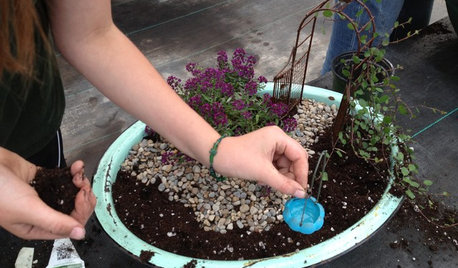
GARDENING GUIDESGardening Fun: Plant a Fairy Garden
It’s hard not to be captivated by the charm of a miniature garden in a pot. Here’s how to make one of your own
Full Story
FARM YOUR YARDHow to Build a Raised Bed for Your Veggies and Plants
Whether you’re farming your parking strip or beautifying your backyard, a planting box you make yourself can come in mighty handy
Full Story
LANDSCAPE DESIGNNatural Swimming Pools: More Beauty, No Chemicals
Keep your skin and the environment healthy with a pool that cleans itself, naturally
Full Story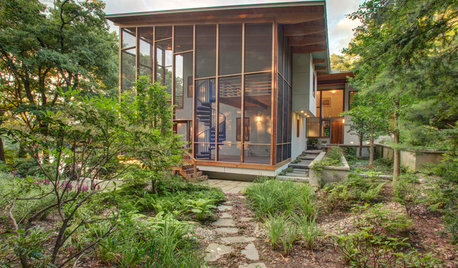
GARDENING AND LANDSCAPINGBreezy and Bug-Free Modern Porches
Screening keeps pests out of these diverse porches across the U.S., while thoughtful designs keep them visually appealing
Full StoryMore Discussions







waterbug_guy
CountAnjouOriginal Author
Related Professionals
Wrentham Landscape Architects & Landscape Designers · Lyons Landscape Architects & Landscape Designers · South Elgin Landscape Architects & Landscape Designers · Wheeling Landscape Architects & Landscape Designers · Mount Wilson Landscape Architects & Landscape Designers · Frisco Landscape Contractors · Stamford Landscape Contractors · Desert Hot Springs Landscape Contractors · Elkridge Landscape Contractors · Ellicott City Landscape Contractors · Hicksville Landscape Contractors · Hilton Head Island Landscape Contractors · Mequon Landscape Contractors · West Coon Rapids Landscape Contractors · Weymouth Landscape Contractorswaterbug_guy
CountAnjouOriginal Author
CountAnjouOriginal Author
waterbug_guy
CountAnjouOriginal Author
waterbug_guy
waterbug_guy
CountAnjouOriginal Author
CountAnjouOriginal Author
waterbug_guy
waterbug_guy
CountAnjouOriginal Author